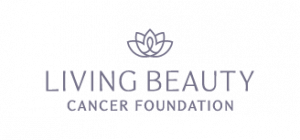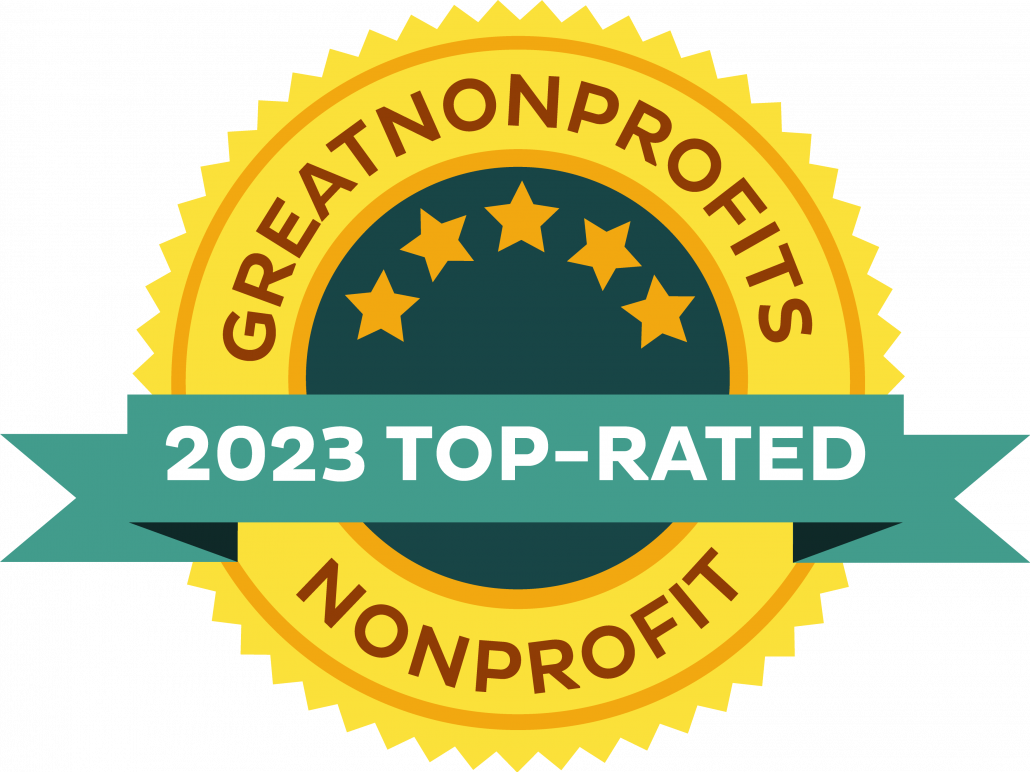By Jessica Baker RN, BSN, E-RYT 500, YTRX
Concern over environmental toxins, occurring naturally or manufactured, have been flooding headlines in the news and on social media for some time now. While some of these known toxins have occurred naturally, humans have modified products to fit the changing needs of society which have led to an increased amount of man-made toxins.
What are Toxins?
At one time, the word toxin seemed unreachable; a word used to describe perhaps nuclear power or deeply polluted water systems. Now a days, environmental toxins can be found in and around just about everything. And while the thought of something being in everything and everywhere can bring on feelings of fear and anxiety, there are easy changes we can all make to lessen our exposure. Sure, we can’t stop planes from flying, but honestly it isn’t as daunting as you may think!
Types of Toxins
Yes, toxins really are everywhere.
While a complete list of environmental toxins could be an article in itself, let’s review some toxins for which we likely encounter in daily life.
Air: Industrial emissions, vehicle/airplane exhaust, wildfire smoke/debris, and tobacco smoke alter the atmosphere of the outdoor and/or indoor environment.
Soil: Agricultural practices (pesticides, fertilizers, herbicides) and industrial waste from factories/refineries (lead, arsenic, mercury) are major contributors to soil pollution.
Water: The Environmental Working Group (EWG) conducted studies of over 50,000 public water utilities nationwide and discovered 250 different contaminants in our water supplies. There are four categories of contaminants: physical (sediment from lakes, rivers, and streams from soil erosion), chemical (natural or man-made including metals, nitrogen, pesticides, pharmaceuticals), biological (bacteria, viruses, parasites), and radiological (chemical elements in the water that are unstable and emit radiation like cesium, and uranium).
Plastics: Plasticizers, chemicals like phthalates and bisphenols, are used to make plastics more durable and pliable. Examples include BPA, DBP, DEHP. These plastics can show up in a variety of places from water sources to food packaging to beauty products.
Food: More than 10,000 chemicals are allowed in food sold in the U.S. Artificial colors/sweeteners, potassium bromate (found in packaged baked goods), sodium benzoate (preservative in carbonated beverages, salad dressing) pesticides/herbicides, butylated hydroxytoluene (preservative in cereal) are just a few examples.
Cleaning Products: Since cleaning products are not regulated, there is no requirement for an ingredient list. The EPA (Environmental Protection Agency) does require signal words on labels of poisonous products such as “danger”, “warning” caution”, “corrosive”, and “dispose as hazardous waste.” Examples include bleach, artificial fragrance, ammonia, sodium hydroxide (found in drain cleaner), benzene/ethylene oxide (found in laundry detergents).
Beauty Products: This one can be a hard pill to swallow but there is an ugly side to beauty products. Many contain ingredients such as artificial fragrance, formaldehyde, parabens (used as a preservative), sodium lauryl/laureth sulfate and petrolatum. Beneficially, in the last few years, there has been a surge of “clean beauty” companies of whom create and promote beauty products free from harmful toxins.
Forever Toxins: PFAS (Per- and polyfluorinated alkyl substances), also known as the Forever Chemicals, are a large chemical family of over 10,000 highly persistent chemicals that don’t occur in nature. PFAS are used in a wide range of products due to their ability to repel both grease and water. Examples include paper/cardboard food packaging, non-stick cookware, waterproof clothing, and electronics. We are exposed to hundreds of PFAS simultaneously through some of the products we use every day, as well as through environmental routes such as drinking water and certain foods. Because it is extremely challenging for water treatment plants to remove PFAS from water, contamination of drinking water with PFAS is a rising issue. In April of 2024, the Biden-Harris Administration issued the first-ever national, legally enforceable drinking water standard to protect communities from exposure to harmful PFAS.
What Science Says

Humans’ relationship with the environment is a fundamental determinant of their state of health. There are several studies that have shown how many of these environmental toxins are associated with a wide array of health issues. Studies have looked at chemical pollutants, to include pesticides and pharmaceuticals, which are being released into the air, water and soil. Recently, researchers have also acknowledged the toxic role of nanomaterials (ultrafine particles with dimensions under 100 nm), which are widely used in biomedicine, biotechnology, and the environmental industry. Endocrine disrupting chemicals (EDCs) are natural, or human made chemicals that may mimic, block, or interfere with the body’s hormones. For more than three decades the National Institute of Environmental Health Sciences (NIEHS) has been a pioneer in conducting research on the health effects of endocrine disruptors. Hormones, a part of the endocrine system, are the chemical messengers that carry messages from one set of cells to another. These EDCs interfere with the natural biological function by enabling, disabling or modifying their signals. Science is showing us how chronic diseases can result from repeated exposure to toxins over time.
Let’s Clear Out (Some of) These Toxins
At this point some of you may be thinking “time to throw it all away!”. While we simply cannot eradicate all toxins in our environment, we can reduce our exposure risk by modifying lifestyle choices and behaviors. They say knowledge is power, but the real power here is our ability to learn. Learning helps to make sense of all that knowledge we have floating around in our minds. We can all start by simply reading labels and paying attention to details! For instance, the next time you go to purchase hand soap decide to leave behind the one that lists Sodium Laurth Sulfate (SLES) as an active ingredient. And just like that, you’ve started to reduce your daily exposure. I mean, think of how many times in a day you wash your hands!
Easy Ways to Clear Out Toxins
Drinking Water
Conduct a little research and find a water purification system that fits your home and needs. There are both countertop and under the sink versions. Look for filters that remove contaminants such as heavy metals, and fluoride.

Food
Buy organic whenever possible. This is the best way to reduce dietary exposure to pesticides. When organic is not available, there are lists available online to let you know what foods are typically not heavily sprayed with pesticides (i.e. avocados). Any produce you bring home, clean it! Even organic produce encounters dirt, insects and air pollution. Friendly cleaning products include baking soda, and vinegar. And if you don’t have these products lying around, plain water is shown to remove bacteria. Scrub, rinse and allow to air dry.
Air Purification
A quality air filter is a terrific way to start breathing clean air right away. There are so many choices out there when it comes to shopping for one. Look for medical grade HEPA (filters 99.97% of particulates) or “HEPA-type” (filters at 95% particulates). Filter Media is also important, so look for things such as: coconut carbon and bituminous carbon. You can also make your own with a box fan and a pleated air filter. Simply turn the fan on, place the filter on the back of the fan and the suction from the fan will hold the filter without a fastener. Did you know that NASA conducted a clean air study to figure out which house plants were most effective at reducing indoor air pollutants? The rubber tree, snake plant, spider plant, money plant and the philodendron were all listed as their top picks. Since we all tend to spend more time indoors than outdoors, our indoor air quality is so important!

Plastics
Have leftovers? Need to store fresh farmers market berries? Make the switch to glass. You can clean out and save used glass food jars or grab a new mason jar. Since glass is transparent, it makes it even easier to not forget what is hiding in your fridge.
Fragrance/Air Fresheners
Many homes use air fresheners to cover up those annoying smells. Like why on Wednesday do you need to continue to smell that fish you baked on Monday? Unfortunately, some of those well-known air freshener brands do contain toxic chemicals. Fortunately, there are options to get rid of those foul odors! Boil a tsp of vinegar in 8oz of water to remove cooking odors. Sprinkle baking soda on carpets and bedding and then vacuum after 30 minutes. And surprisingly, vodka is an excellent air freshener! Mix 1-part inexpensive, unflavored vodka with 3 parts distilled water in a spray bottle; shake and mist.
Laundry
There is no better smell than that of fresh laundry. Which makes it so hard to say, “It’s time to switch to the fragrance-free detergent”. Today we have plenty of fragrance-free choices but make sure to read the label as some can contain similar toxins as their fragranced counterparts. Try to avoid Diethylene Oxide, phosphates, phenols, sodium lauryl sulfate (SLS), sodium laureth sulfate (SLES), and ammonium lauryl sulfate (ALS).
Starting the path to clear out the toxins in your everyday environment can seem overwhelming. Or we can see this choice as an exciting opportunity to positively influence our health. Simply start by choosing just one product to swap out. It’s just that easy! These small, intentional changes will lead to healthier living. When you choose toxin-free living, you positively impact yourself, those surrounding you, and the earth.
References
- EPA; United States Environmental Protection Agency; Contaminant Candidate List (CCL). “Types of Drinking Water Contaminants”; 2023
- EPA; United States Environmental Protection Agency; “Biden-Harris Administration Finalizes First-Ever National Drinking Water Standard to Protect 100M People from PFAS Pollution”; 4/2024
- NIH; National Library of Medicine. “Phthalates and Their Impacts on Human Health”; 5/2023
- Environmental working group; Consumer Guide; “EWG’s Dirty Dozen Guide to Food Chemicals: The top 12 to avoid “; 2/2024NIH; National Library of Medicine. “Environmental Exposure Science and Human Health” 5/2023
Ready to start? Share what you are doing in the comments below!
If you liked this post, check out this one about gut health!
Support Our Mission
If you would like to support the Living Beauty Cancer Foundation and help provide vital wellness and support services free of charge to women with cancer, you can become a monthly donor!
Interested in Learning More About Our Programs and Services?
Learn more about Living Beauty’s programs and services here!





Leave a Reply
Want to join the discussion?Feel free to contribute!